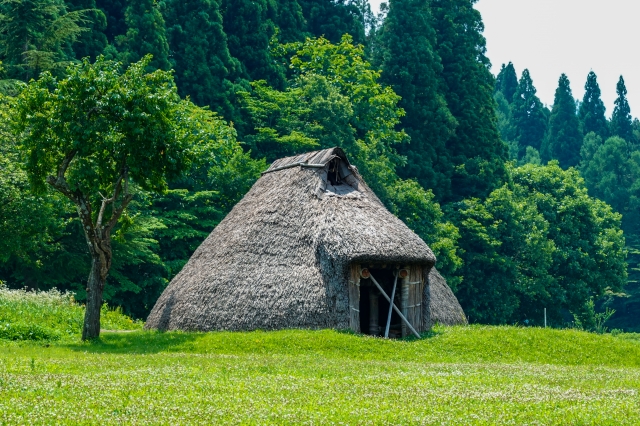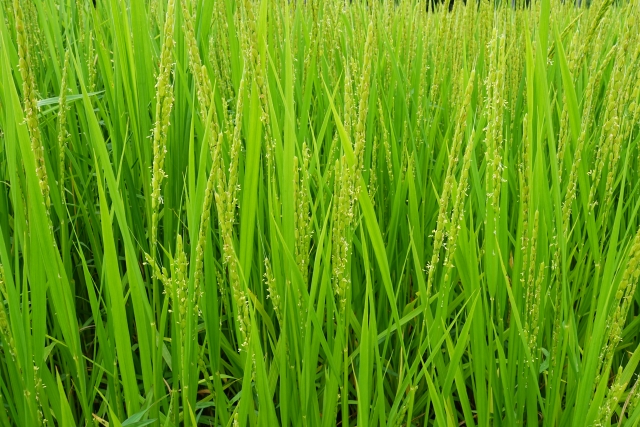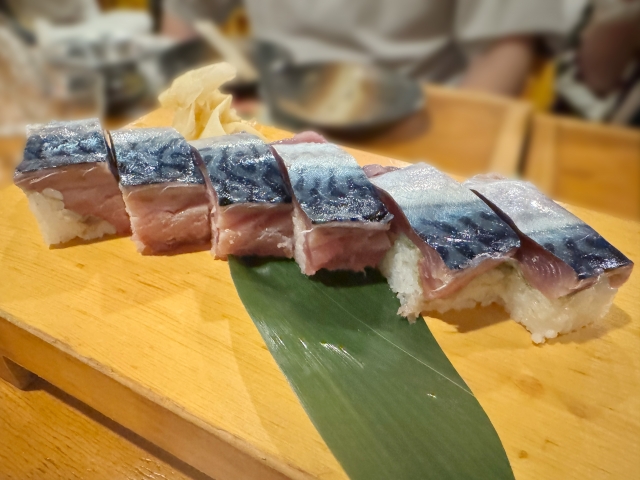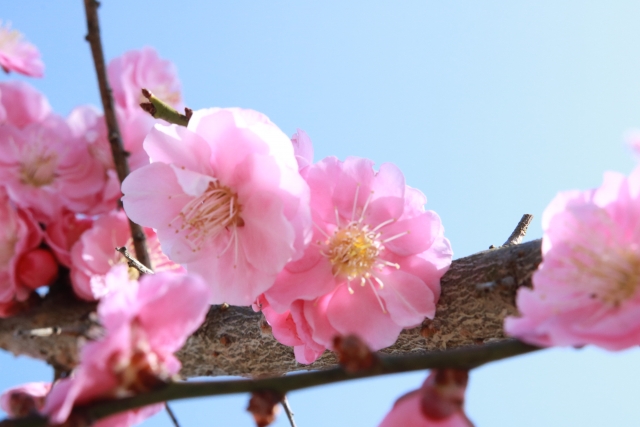Discover how Japan’s abundant natural resources and centuries of cultural exchange shaped its unique cuisine—from ancient rice traditions to modern culinary innovations. Explore the rich history behind Japan’s beloved dishes.
The Evolution of Japanese Cuisine
Today, thanks to advancements in logistics and science, people in Japan can enjoy global cuisine. Fortunately, Japanese food itself is increasingly recognized and loved worldwide—even by us Japanese.
Cuisine is deeply influenced by a country’s land and seasons.
Japan, with its abundant natural environment—including wetlands and soil that supports drought-resistant plants—has seen the evolution of dishes that favor ingredients like rice, which thrives in such conditions.
Moreover, Japan’s distinct four seasons allow the cultivation of produce like strawberries and other vegetables that require cooler climates, while the need to endure harsh winters also spurred the development of preserved foods.

Archaeological sites in Japan dating from 10,000 to 2,500 years ago, known as shell middens, reveal what people used to eat back then.
Given Japan’s geography—surrounded by rivers, seas, and mountains—it appears that ancient Japanese diets centered around shellfish, wild boar, and fish. During that time, when agricultural techniques were still in their infancy, nuts and wild plants were the primary plant foods.

There is a theory that around the 500s AD, rice was introduced to Japan from China, India, and the Korean Peninsula, leading to the development of rice cultivation centered in western Japan and the spread of a rice-based culture throughout the country.
Back then, with temperatures being more tropical than the temperate climate we know today, rice cultivation was more challenging, and rice was even used as an offering to the gods.
Nowadays, rice is indispensable in Japanese cuisine—it forms the basis of sushi, curry rice, rice bowls, and many other dishes.

In earlier times, sushi was primarily a preservation method: fish, meat, and shellfish were salted, pressed, and aged, without the rice accompaniment we see today. This method was necessary before modern transportation allowed for the widespread delivery of fresh ingredients.
Japanese cuisine experienced a significant acceleration between the 600s and 700s AD when envoys from Japan brought back various culinary techniques from ancient China.
However, with the introduction of religion and subsequent restrictions on meat consumption, the history of Japanese cuisine faced a setback. With meat consumption banned, it became difficult to secure protein sources, making dairy products like butter a valuable protein alternative.
As a result, many aspects of Japanese cuisine have been influenced by foreign dishes that were adapted and transformed over centuries by Japan’s unique religious and cultural context.
Even curry, which arrived from India relatively recently by comparison, has evolved into what is now known as Japanese curry rice, with dedicated curry restaurants spreading its popularity worldwide.

In essence, just as Japan advanced its automotive industry by adopting and refining foreign technologies, Japanese cuisine has been shaped by the introduction of new techniques and ingredients that were subsequently refined or transformed into distinctly Japanese culinary arts.
This article offers a glimpse into how Japanese cuisine was born and evolved.
Each dish carries its own rich history and story—stories we look forward to sharing on another occasion.

